The celebration of surviving another kitten season quickly fades when you see the reality most shelters face come September. While the flood of tiny kittens may be slowing, post-kitten season brings its own set of overwhelming challenges that often go unseen by the public. Behind shelter doors, staff and volunteers are dealing with the aftermath of months of crisis-level intake, resource depletion, and emotional exhaustion.
Shelter overcrowding doesn’t magically disappear when kitten season ends. In fact, many facilities find themselves more overwhelmed than ever as teenage kittens who missed their adoption window grow into less “adoptable” adults, while senior cats and those with special needs continue waiting for homes. The hidden truth is that post-kitten season is when shelters need our support most—yet it’s also when public attention and donations typically drop off.
Understanding these challenges and knowing how to help can transform this difficult period into an opportunity for real impact in your community’s cat welfare efforts.
The Reality Behind Shelter Walls
Emotional and Physical Exhaustion
By September, shelter staff and volunteers have been running on adrenaline and caffeine for months. Post-kitten season exhaustion is real, affecting everyone from veterinary technicians to foster coordinators who’ve worked tirelessly since March.
The physical toll shows in increased sick days, staff turnover, and volunteer burnout. Many dedicated caregivers push through summer’s demands only to hit a wall once the immediate crisis passes. This creates a dangerous cycle where shelters lose experienced team members just when they need consistent care for long-term residents.
Mental health impacts extend beyond individual caregivers to entire organizations. Decision fatigue from months of life-or-death choices leaves teams struggling to maintain the optimism and energy needed for effective animal welfare work.
The Teenage Kitten Problem
One of the biggest post-kitten season challenges involves cats who are no longer tiny and adorable but aren’t quite adult yet. These teenage kittens—typically 4-8 months old—occupy a difficult middle ground in shelter populations.
Foster opportunities for teenage kittens are limited because many foster families prefer tiny babies or adult cats with established personalities. These in-between cats often display adolescent behaviors like excessive energy, boundary testing, and social awkwardness that can make them seem less appealing to adopters.
The result? Shelters fill with energetic young cats who need significant socialization and training but have fewer placement options than their younger or older counterparts. Without intervention, these cats risk becoming part of the long-term shelter population.
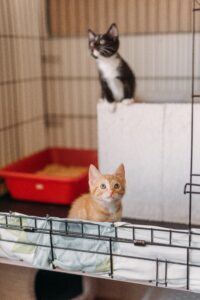
The Cascade Effect of Overcrowding
Resource Strain on Multiple Levels
Shelter overcrowding creates a domino effect that touches every aspect of operations. Food costs skyrocket when facilities house 150% of their intended capacity. Medical supplies deplete faster as stress-related illnesses spread through crowded environments.
Space limitations force shelters to make difficult choices about intake policies. Many facilities implement waiting lists or restrict admissions, leaving community cats without safety nets. This pushes the problem back to the streets, where unaltered cats continue breeding and creating future crises.
Staff-to-animal ratios become dangerously high, reducing the individual attention each cat receives. Basic needs like litter box cleaning, feeding, and socialization suffer when caregivers are stretched beyond reasonable limits.
Health Consequences in Crowded Facilities
Overcrowded shelters see increased rates of upper respiratory infections, stress-related behaviors, and psychological deterioration in cats. Close quarters facilitate disease transmission while stress compromises immune systems.
Behavioral issues compound as cats compete for resources and territory within limited space. Previously social cats may become withdrawn or aggressive, making them even harder to place in homes.
The quality of life for shelter cats diminishes significantly, raising ethical concerns about warehousing animals rather than providing true care and rehabilitation.
Why Post-Kitten Season Support Matters Most
The Forgotten Cats
Post-kitten season is when society’s attention moves on to other causes, but shelter populations remain critically high. The cats who weren’t adopted during peak kitten season—often older, special needs, or less conventionally attractive animals—face their longest waits for homes.
These forgotten cats include:
- Senior cats surrendered due to owner life changes
- Cats with medical conditions requiring ongoing care
- Shy or undersocialized cats needing extra patience
- Bonded pairs who must be adopted together
- Cats recovering from injuries or illness
Without sustained community support, these vulnerable populations can spend months or years in shelter environments, significantly impacting their physical and mental well-being.
The Preparation Imperative
Smart shelters use post-kitten season as preparation time for next year’s challenges. This involves:
Population management through aggressive spay/neuter campaigns targeting community cats before spring breeding season resumes. Every cat altered now prevents dozens of kittens next year.
Infrastructure improvements like shelter renovations, equipment upgrades, and system enhancements that better serve cats and staff during peak periods.
Staff training and volunteer recruitment ensures adequate human resources when kitten season returns. Experienced volunteers take months to train effectively.
Community relationship building strengthens partnerships with local veterinarians, rescue groups, and businesses that provide crucial support during emergencies.
Direct Action Steps You Can Take Today
Adoption Opportunities That Make a Difference
Consider adopting older kittens or adult cats who’ve been overlooked during peak season. These animals often make exceptional companions once they adjust to home environments.
Look for bonded pairs who’ve been waiting together. While adopting two cats requires more resources, bonded animals often adjust better to new homes and provide companionship for each other.
Ask about cats with special needs who may only require minor accommodations. Many “special needs” cats simply need medication, special diets, or patient handling—small considerations that dramatically expand their life possibilities.
Fostering Beyond Baby Season
Foster opportunities extend far beyond bottle-feeding kittens. Post-kitten season fostering needs include:
Teenage kitten fostering provides crucial socialization during developmental periods that determine adult personality and adoptability.
Medical foster care for cats recovering from surgery, injury, or illness reduces shelter stress and improves healing outcomes.
Behavioral rehabilitation fostering helps shy, fearful, or undersocialized cats develop confidence and trust in home environments.
Senior cat fostering offers gentle retirement homes for older cats who struggle in shelter environments but thrive with individual attention.
Respite fostering gives long-term shelter residents temporary breaks from institutional life, improving their mental health and adoptability.
Volunteer Support When It’s Needed Most
Volunteer roles become especially critical during post-kitten season when regular volunteers may be experiencing burnout or taking breaks after intense summer schedules.
Direct care volunteers help with feeding, cleaning, and socialization when staff-to-animal ratios are stretched thin.
Administrative volunteers assist with data entry, phone calls, and paperwork that keeps operations running smoothly.
Event volunteers support adoption events, fundraisers, and community outreach programs that increase visibility for shelter cats.
Social media volunteers create content highlighting overlooked cats and sharing success stories that inspire others to adopt or volunteer.
Transportation volunteers help move cats to veterinary appointments, foster homes, or other shelters with available space.
Community-Wide Solutions
Corporate and Business Partnerships
Local businesses can provide crucial support through:
Workplace adoption events that bring shelter cats to potential adopters in comfortable, low-stress environments.
Supply drives for food, litter, cleaning supplies, and other ongoing needs that strain post-season budgets.
Fundraising partnerships that create sustainable revenue streams for shelters facing increased costs from overcrowding.
Employee volunteer programs that provide consistent staffing support during challenging periods.
Educational Outreach Initiatives
Post-kitten season represents an ideal time for community education about:
Spay and neuter importance reaches people when the consequences of unaltered pets are most visible in shelter populations.
Responsible pet ownership education helps prevent future surrenders and abandonment situations.
TNVR program promotion engages community members in proactive population management before next season begins.
Building Long-Term Resilience
Communities can strengthen shelter systems by:
Supporting low-cost spay/neuter programs that address root causes of overpopulation before crisis points develop.
Advocating for animal welfare legislation that requires responsible pet ownership practices and supports rescue operations.
Creating foster networks that provide surge capacity during peak intake periods.
Developing emergency response protocols for natural disasters, hoarding situations, and other events that can overwhelm shelter systems.
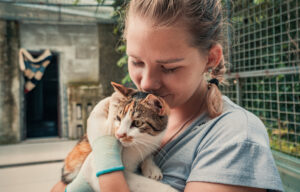
The Impact of Your Action
Individual Contributions Create Collective Change
Every action taken during post-kitten season has multiplied impact. Adopting one overlooked cat creates space for another animal in need. Fostering prevents behavioral deterioration that could make animals less adoptable. Volunteering provides relief to exhausted staff and improves care quality for all shelter residents.
Your involvement also inspires others in your network to take action. Social media posts about your adopted cat, foster experiences, or volunteer work reach people who might not otherwise consider shelter support.
Sustainable Impact Through Consistent Support
The most effective help extends beyond one-time actions to ongoing commitment. Monthly donations provide predictable revenue for operational planning. Regular volunteer shifts create reliable staffing. Continued advocacy keeps animal welfare visible in community conversations.
Post-kitten season support demonstrates understanding that animal welfare requires year-round attention, not just crisis response. This consistency helps shelters transition from reactive to proactive management strategies.
Taking Action: Your Next Steps
The challenge of post-kitten season is real, but so is the opportunity for meaningful impact. Shelters facing shelter overcrowding and resource depletion need community support more than ever, but they also offer countless ways for individuals to make a difference.
Whether you’re ready to adopt, can offer temporary fostering, have time to volunteer, or want to advocate for systemic change, your contribution matters. The cats waiting in shelters today need champions who understand that their value doesn’t diminish just because kitten season has ended.
These overlooked animals—the teenagers, seniors, special needs cats, and long-term residents—represent some of the most rewarding adoption experiences possible. They’ve weathered difficult circumstances with grace and deserve homes where their resilience and character can shine.
——————————
When you shop our mission-driven collections at www.GiluCats.com, every purchase donates 15% to GiluFunds, supporting the ongoing work that helps cats find homes year-round.
Because the cats who wait the longest often make the most grateful companions—and they’re waiting for someone just like you.

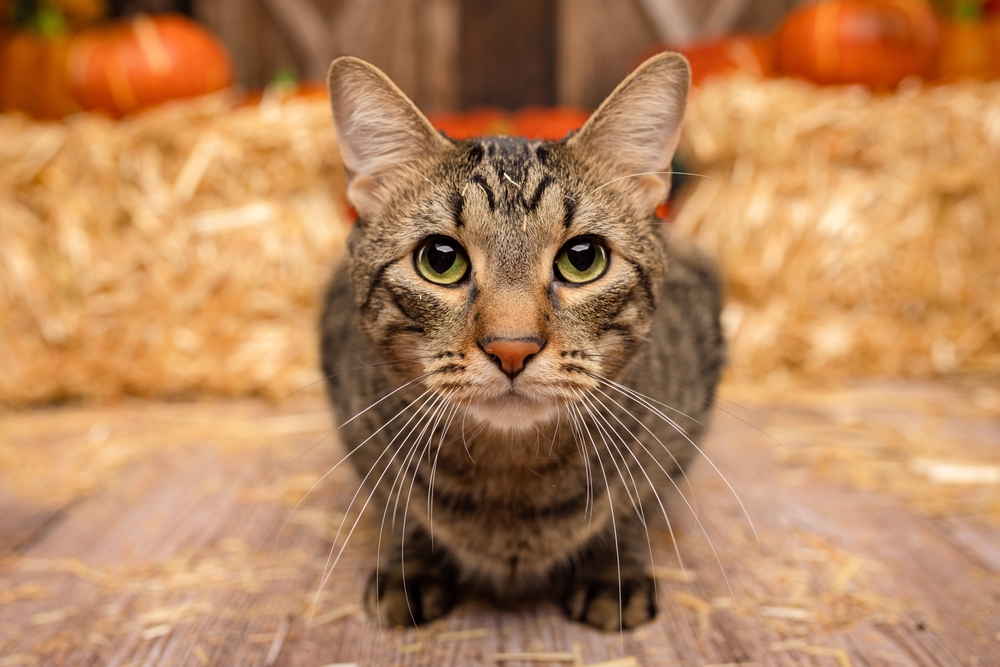
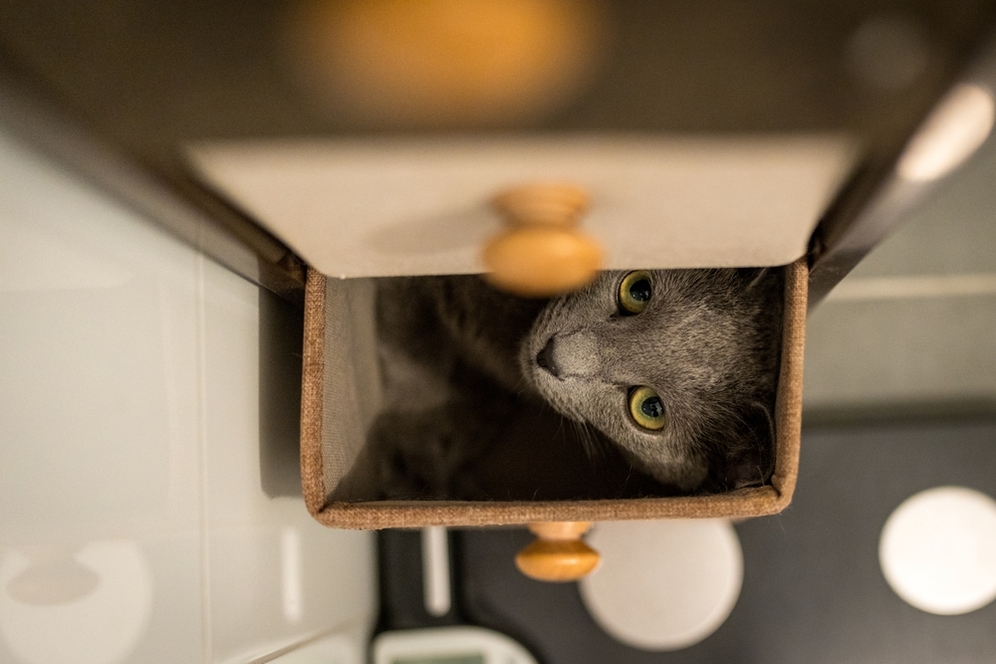
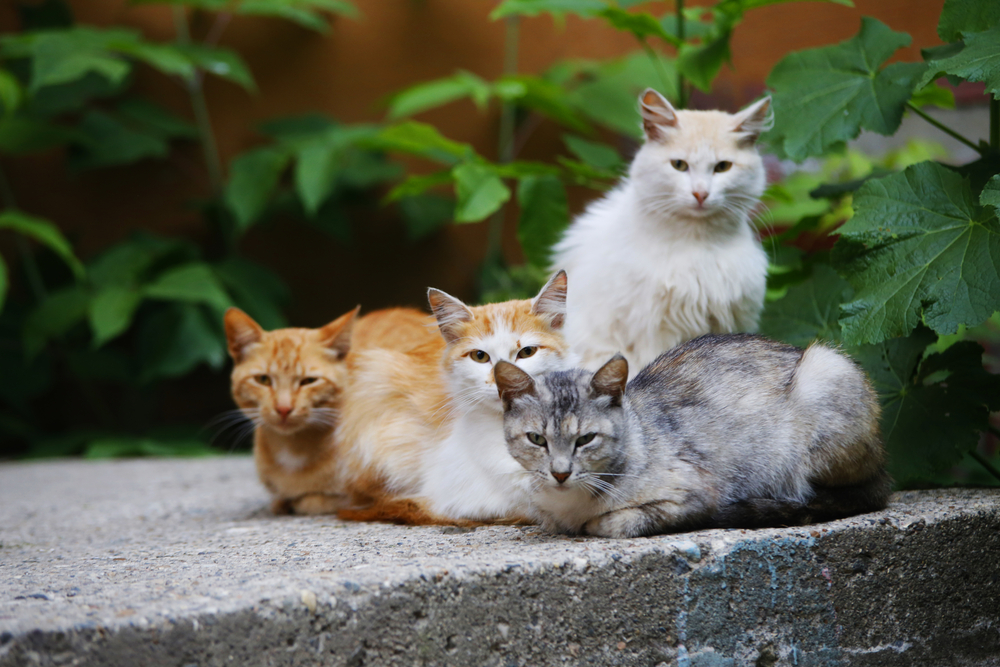

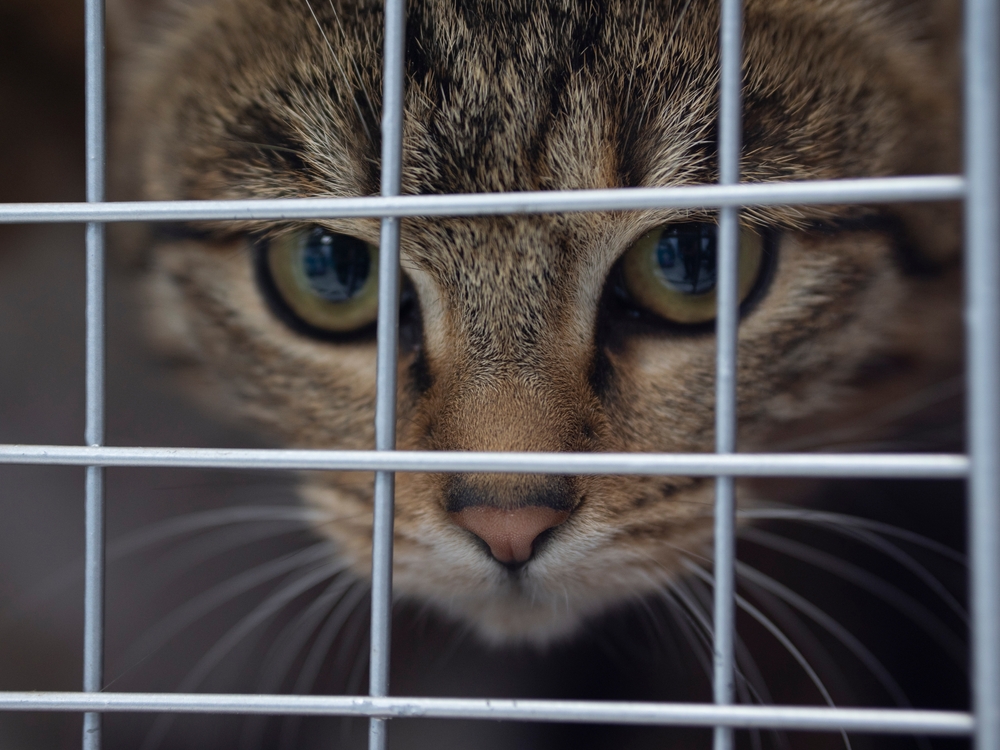
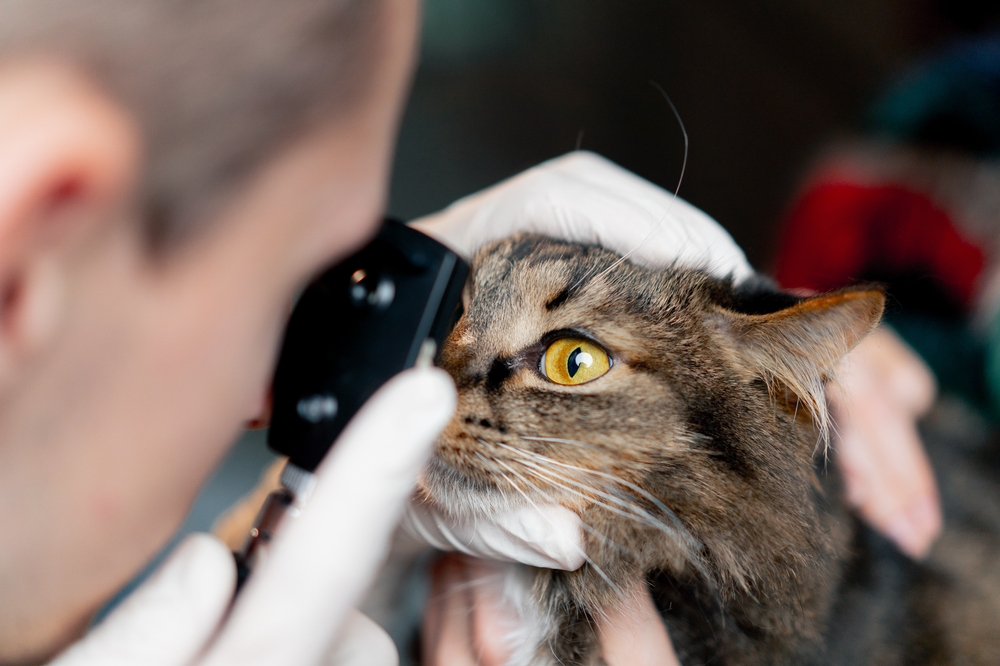
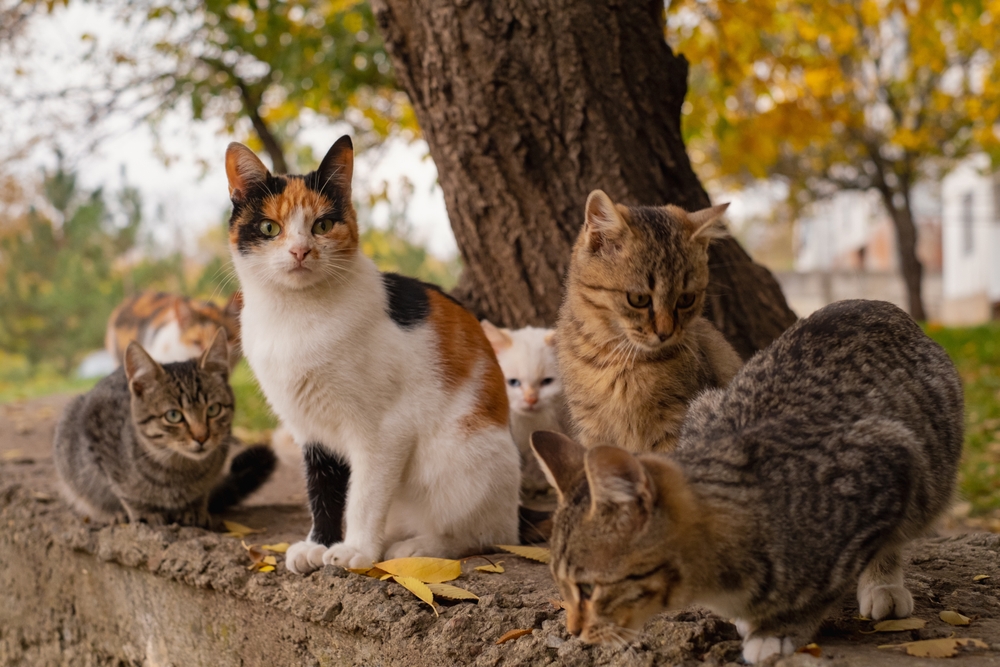

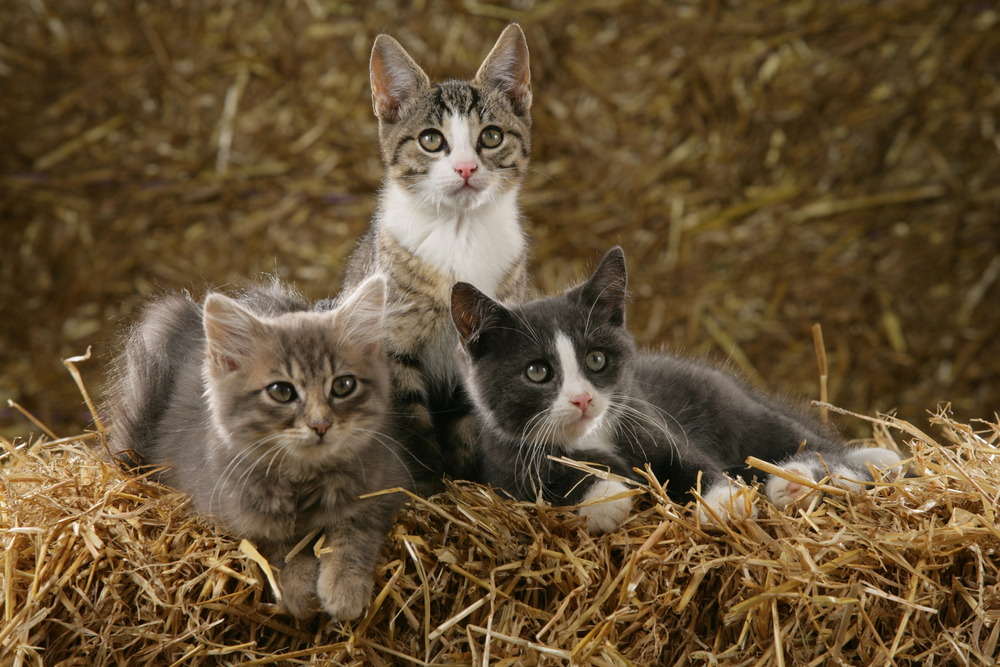
0 Comments